How to Dehydrate Beets (Oven or Dehydrator)
Dehydrated beet chips are a tasty and nutritious snack that is easy to make. Here is a step-by-step guide on how to dehydrate beets using a dehydrator or your oven.
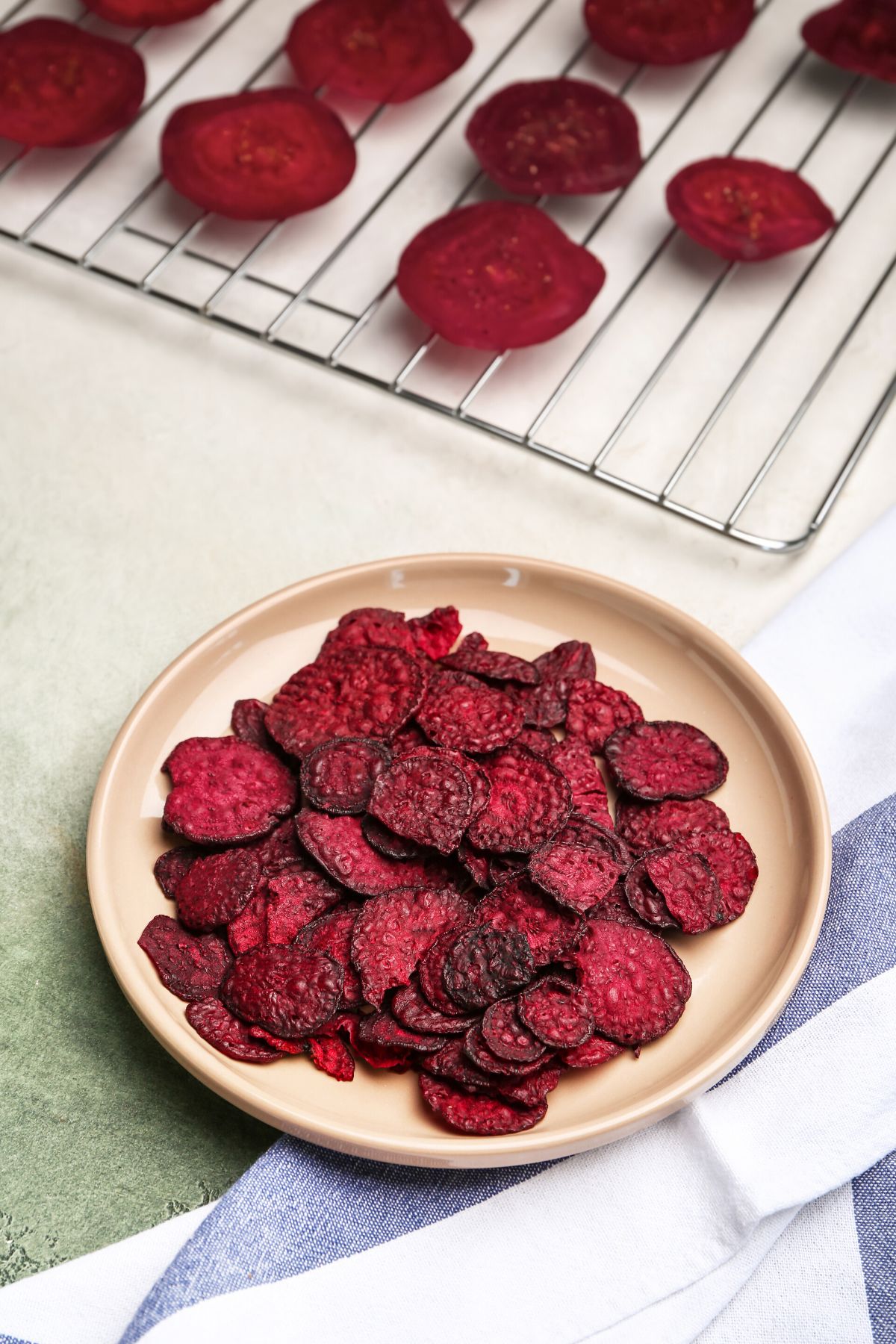
Beets are packed with nutrients and low in calories! They are rich in folate, manganese, and copper and can help lower blood pressure, improve digestive health, and fight inflammation.
Dehydrating beets is an excellent way to lock in that nutrition and ensure you have some of these tasty veggies in the pantry all year round.
You can make dehydrated beets for snacking or to add to meals. Sprinkle a little salt over and enjoy the beet slices as beet chips, or store them to be rehydrated and used for meals.
You can use a dehydrator or an oven. Both work well; the oven just takes a little bit longer.
Why You Need This Recipe
- You’ll have a supply of these flavorful and nutrient-dense veggies available at all times.
- Hikers and campers will love dehydrated beets! It’s a delicious and healthy snack that’s also lightweight enough to take on outdoor adventures.
- Do you have limited storage space? Fresh, frozen, and canned beets are bulky! Dehydrated beets take up very little storage space; it’s a perfect way to preserve these delicious veggies.
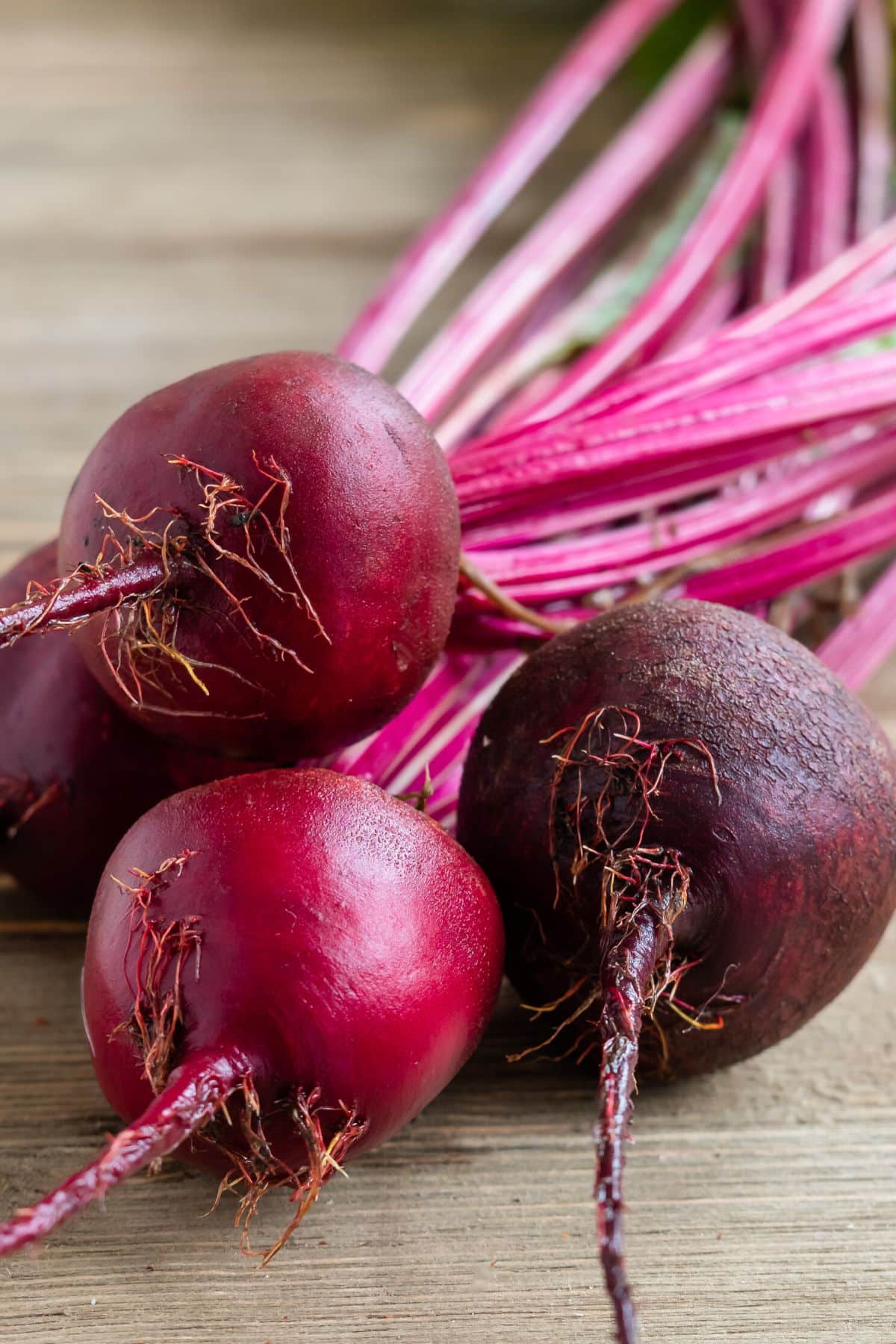
What You’ll Need to Make This Recipe
You won’t need anything special to dehydrate beets at home. Most kitchens will have everything necessary, so you won’t have to buy fancy equipment or tools to do the job.
A Dehydrator or Oven
If you plan to dehydrate food regularly, consider investing in a quality dehydrator. If you don’t have one yet, your oven will work just fine. If you’re using an oven, you’ll need a baking sheet to keep the beets in a single layer as they dry.
Pressure Cooker or Large Cooking Pot
Use a pressure cooker or pot for par-cooking the beets. See my recipe for Instant Pot Beets.
Another option is to roast the beets on a sheet pan in the oven at 325°F for around 45 minutes. This won’t be necessary if you decide not to par-cook the beets.
Storage Containers
You can keep dehydrated beets for a long time as long as they are moisture-free. To keep the beets dry, use glass jars or other airtight containers.
Mandolin or Sharp Knife
If you have a mandolin slicer, it’s the easiest way to slice beets quickly and evenly. If you don’t, you can use a sharp knife. You want them to look like potato chips in terms of the slices.
Tip: If you par-cook your beets, it’s easier to slice them with a knife.
Ingredients and Substitutes
You don’t need any additives or complicated ingredients for this recipe.
Beets
Whether picking your beets from the garden or selecting them from the fresh produce section, it’s important to choose fresh beets. The fresher the beets are, the more flavor and nutrients they’ll have.
Choose beets that are firm with a deep and vibrant color and unblemished skin. If a beet is mushy, soft, or limp, it’s probably best not to dehydrate it.
If the beet still has leaves attached, make sure they’re bright green and not wilting. Smaller beets are tender and sweeter, so try to choose those.
See my related recipe for Beet Juice!
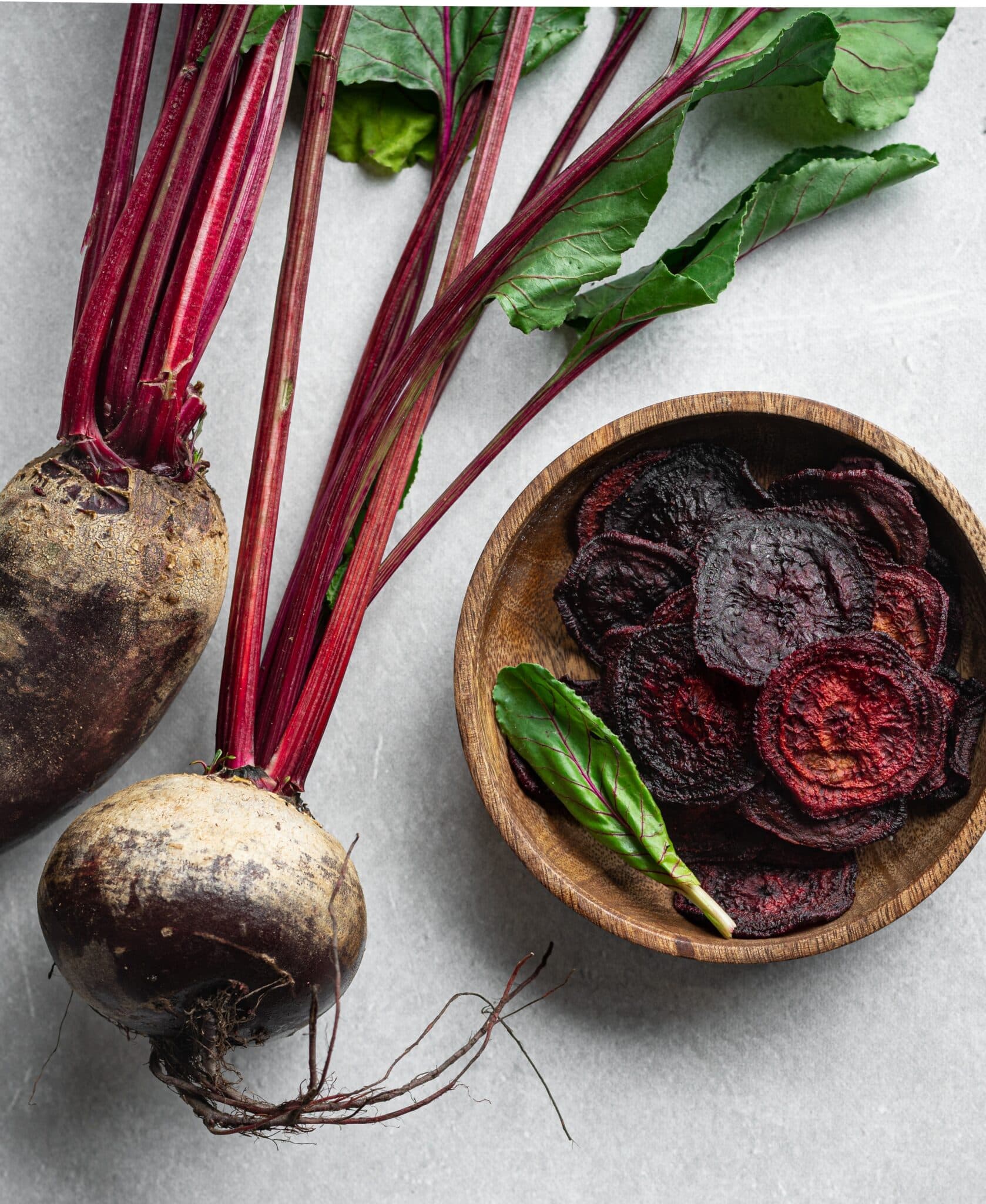
Recipe Steps
These are the basic steps to dehydrate beets at home. Be sure to check the recipe card for exact measurements and instructions!
Step One
Cut the greens and roots off the raw beets and scrub them well, removing all soil.
Don’t throw away the beet greens. You can sauté and eat them.
Step Two
Par-cook your beets by roasting them, pressure cooking them, or boiling them until they are tender enough to push a fork in.
Step Three
Drain the beets, peel the skins off if they’re thick, and pat them dry with a clean kitchen towel or paper towels.
Cut the beets into thin slices and place the sliced beets on your cookie sheets or dehydrator trays.
Step Four
Dry the beets at 125 degrees F in the oven on a baking sheet or the dehydrator on trays. You can use parchment paper for easy cleanup.
If your oven does not go that low, you can use the lowest temperature setting and check on the beetroot slices regularly to make sure they don’t burn.
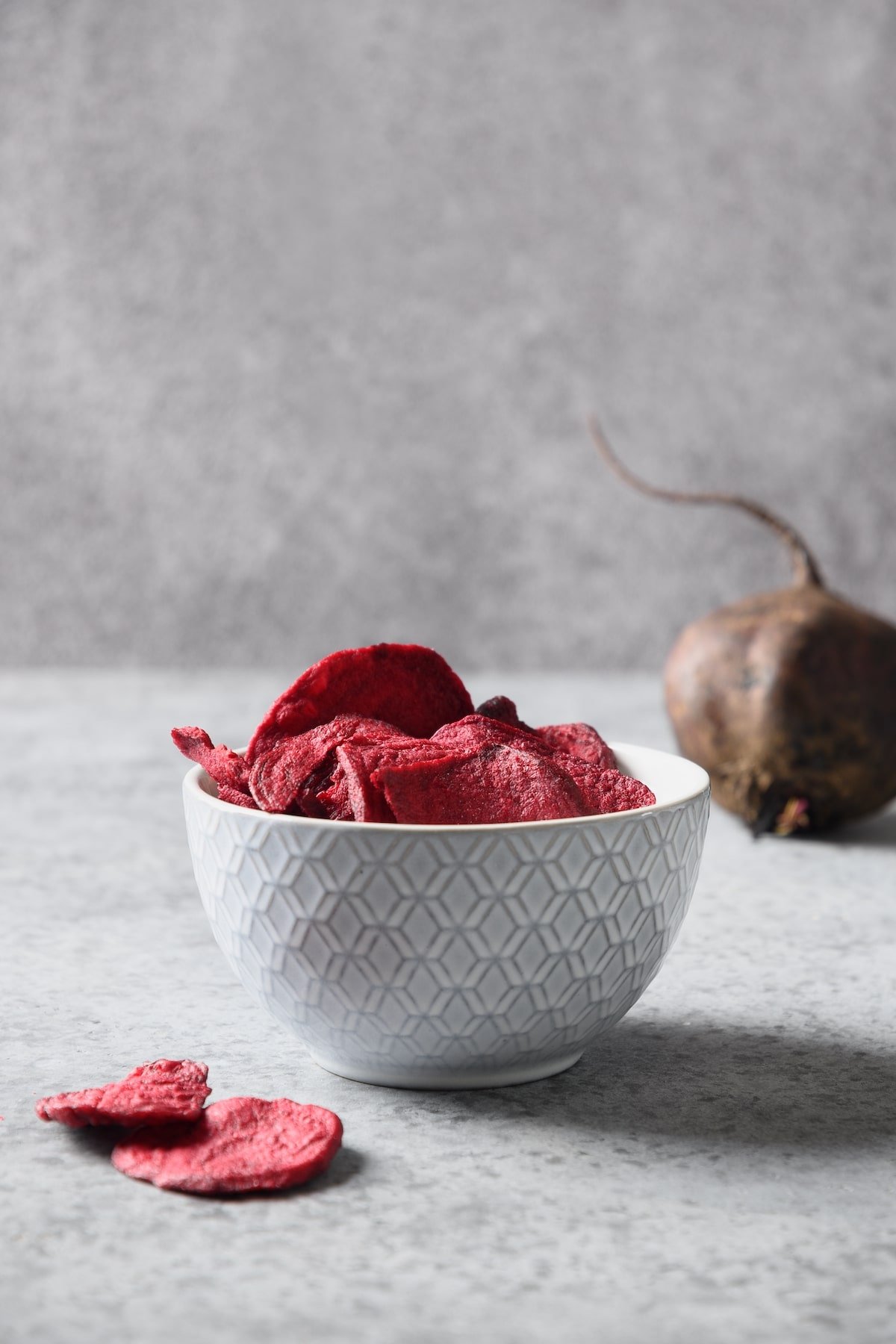
Recipe Tips & Substitutions
- If you’re using an oven, it’s vital to keep checking on your beets during the process, especially from around 4 hours onward.
- For dehydrated beet chips as a snack, don’t dehydrate them until they’re completely dry. Only leave them in the oven or dehydrator for a few hours until they’ve reached the desired moisture level and may bend a little without snapping.
- To dehydrate beets for long-term storage, dehydrate them until they can no longer bend but snap.
- To rehydrate dehydrated beets for cooking, soak them in cold water for around two hours, or cook them in a pressure cooker for about 2 minutes.
- You can make your own beetroot powder by dehydrating the beets and then grinding them up in a coffee grinder, food processor, or blender until you get a fine powder. Use the beet root powder in smoothies, sauces, or salad dressings for added nutrients and a vibrant burst of color. Learn more about the benefits of beet juice powder.
- If you plan to store the dried beets for a long time, ensure they’re 100% dehydrated. You don’t have to dehydrate the beets entirely if you plan to eat them as a snack. It’s up to you to decide how you want to use them.
Recipe FAQs
If you dehydrate the beets as a snack, you should eat the beet chips in a week or two. If you’ve dehydrated them completely or made beet powder, it should keep for at least a year. Make sure you store the beets in an airtight container in a cool, dry place.
You don’t have to par-cook the beets, but it will lock in the flavor and color and make it easier to slice them! Instead of par-cooking, you could slice the beets first, blanch them for 5 minutes in boiling water before cooling them in an ice bath, or simply slice them and dry them straight away. I prefer par-cooking the beets because it gives the best results.
Yes, they are! Dehydrated foods retain their nutritional value instead of slowly losing it as it ages in the refrigerator or kitchen counter. There will be some loss of vitamin C, but they are still healthy and a great way to get nutrition.
More Dehydrator Recipes You Might Like
- Dehydrated Watermelon
- Healthy Seed Crackers
- How to Dehydrate Pineapple
- Carrot Juice Pulp Crackers
- Homemade Beet Powder
Don’t Miss These Beet Recipes!
I hope you make this recipe! If you do, please leave a comment and a starred review below.
And, consider following me on social media so we can stay connected. I’m on Facebook, Pinterest, Instagram, and YouTube!
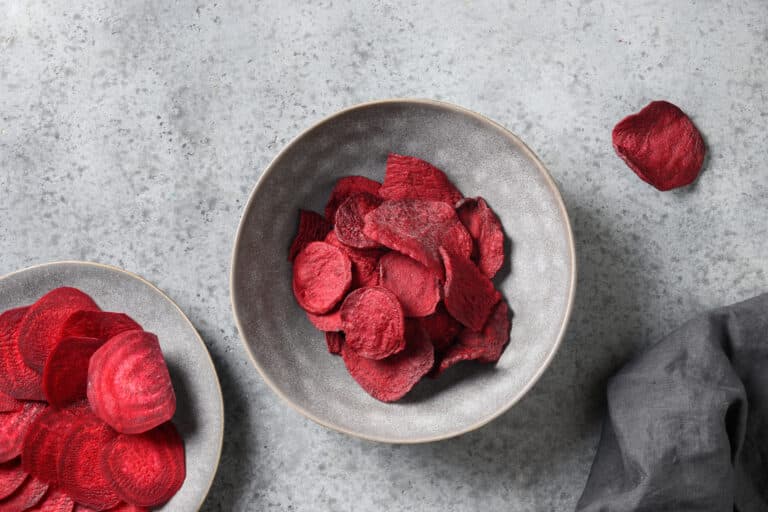
How to Dehydrate Beets
This recipe will give you step-by-step instructions on dehydrating beets with your oven or a dehydrator. You’ll be amazed at how simple it is!
- Total Time: 12 hours
- Yield: 4 servings
Ingredients
- 1 pound beets
Instructions
- Cut the greens and roots off the beets and scrub them well, removing all soil.
- Par cook the beets in a pressure cooker for around 25 to 30 minutes. Or, boil or roast them for approximately 45 minutes. They should be tender enough for you to press a fork into them.
- Drain the beets if needed, and pat them dry with a clean kitchen towel or paper towels.
- Use a mandolin or a sharp knife to slice the beets into ¼ or ⅛-inch slices. The thinner the slices are, the quicker the beets will dehydrate.
- DEHYDRATOR INSTRUCTIONS: Lay the beet slices on the dehydrator sheets in a single layer ensuring they don’t overlap. Dry the slices at 125ºF for about 8-10 hours. Start checking on the beets from around 4 hours. The time it takes for beets to dehydrate can vary massively depending on how thick the slices are, how many there are in the dehydrator, and how much you want to dehydrate them.
- OVEN INSTRUCTIONS: Preheat your oven to 125°F, if possible, or to your lowest setting. Carefully lay your beet slices on a sheet pan in a single layer. Place the baking sheet onto the middle rack for 10 to 12 hours. Check on the beets from around 4 hours, especially if your oven doesn’t have a very low setting.
- Turn the dryer off and allow the beets to cool completely, or remove them from the oven and let them cool on the kitchen counter.
- Store your dried beets as they are in a cool, dark environment in airtight containers, or grind them up to make beetroot powder.
Notes
- Most ovens don’t maintain consistent temperatures at low settings, so cooking times vary significantly. Check on your beets from around 4 hours, especially if you have an oven that doesn’t have very low settings.
- You can make beetroot powder by dehydrating the beets completely and then grinding them up in a coffee grinder or blender. Use the powder in smoothies, sauces, or salad dressings for added nutrients and a vibrant burst of color. Or use them in baking, for example, in red velvet cake.
- For dehydrated beet chips as a snack, don’t dehydrate them until they’re completely dry. Only leave them in the oven or dehydrator for a few hours until they’ve reached the desired moisture level and may bend without snapping.
- To dehydrate beets for long-term storage, dehydrate them until they can no longer bend but snap.
- To rehydrate dehydrated beets for cooking, soak them in cold water for around two hours, or cook them in a pressure cooker on high for approximately two minutes.
- Prep Time: 30 minutes
- Category: Snack
- Method: Dehydrator
- Cuisine: American
Nutrition
- Serving Size:
- Calories: 49
- Sugar: 7.7 g
- Sodium: 88.5 mg
- Fat: 0.2 g
- Saturated Fat: 0 g
- Carbohydrates: 10.8 g
- Fiber: 3.2 g
- Protein: 1.8 g
- Cholesterol: 0 mg
Don’t forget to join my newsletter list to get exclusive clean eating recipes and tips. The newsletter is 100% free with no spam; unsubscribe anytime.
About the Author: Carrie Forrest has a master’s degree in public health with a specialty in nutrition and is a certified holistic nutritionist. She is a top wellness and food blogger with over 5 million annual visitors to her site. Carrie has an incredible story of recovery from chronic illness and is passionate about helping other women transform their health. Send her a message through her contact form.



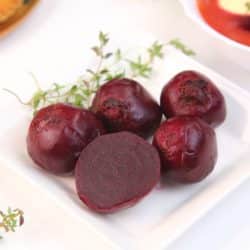
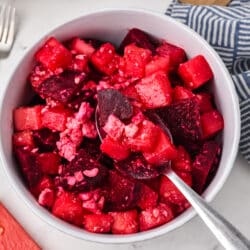

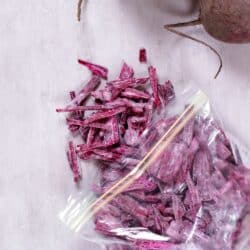


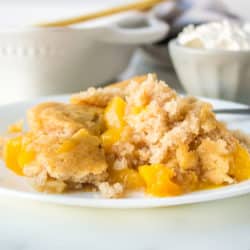











I’m wondering if you can use jarred beets to dehydrate?
yes you can! 🙂
I love making homemade beet chips! They are particularly great for airplane trips and road trips to get some extra nutrition while traveling.